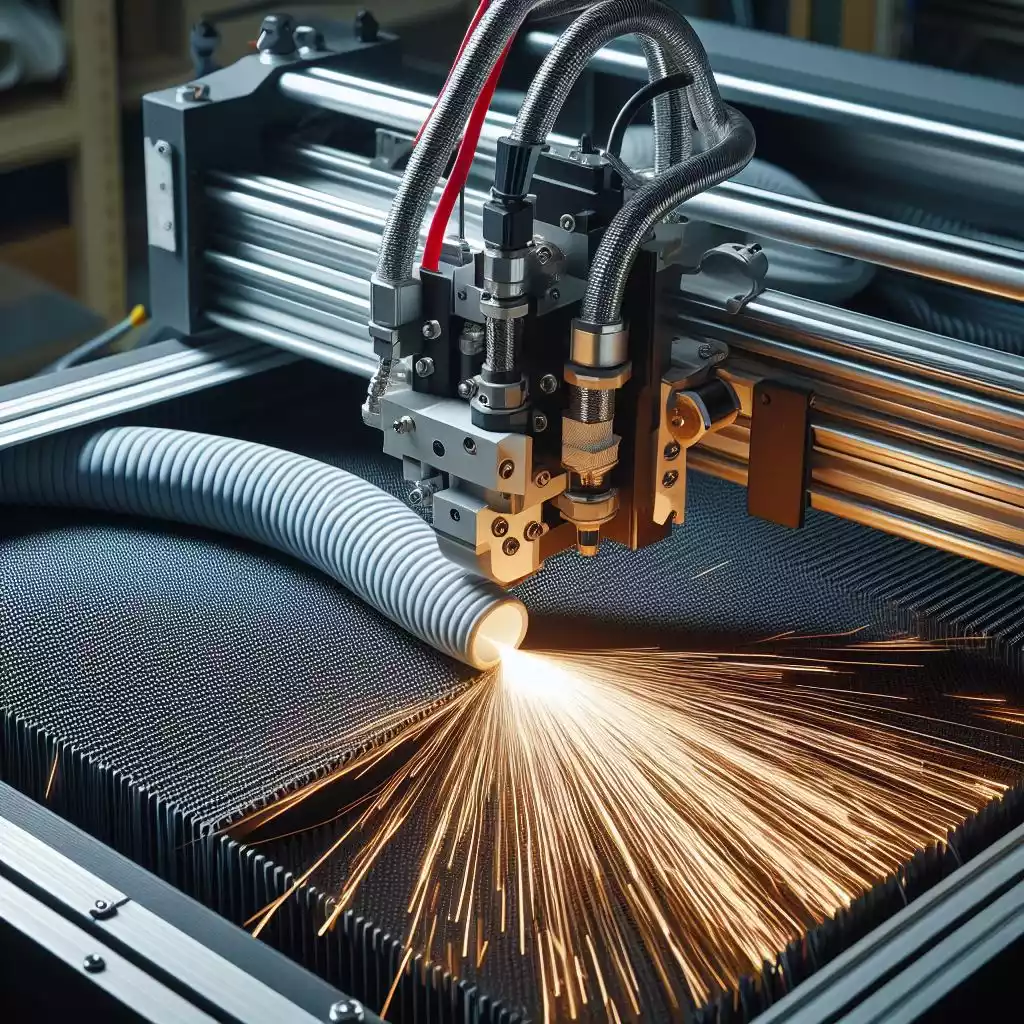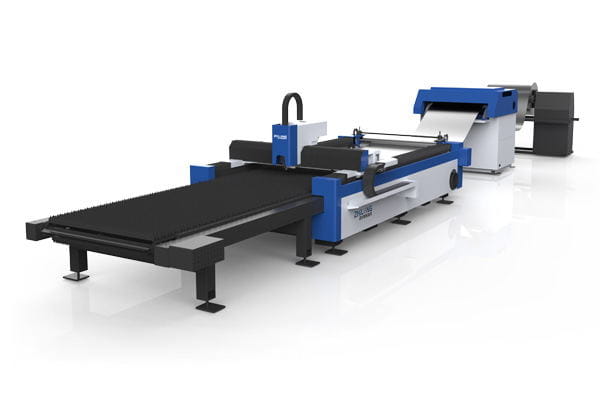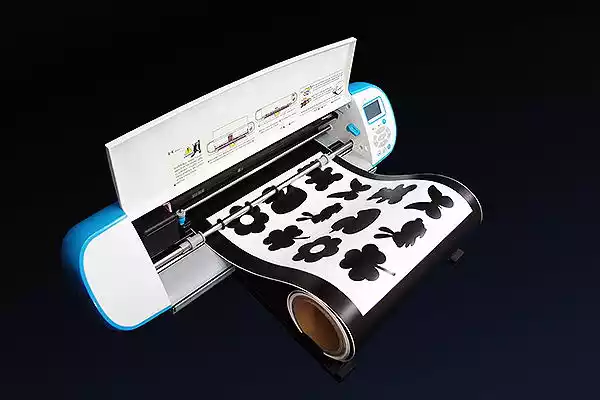Medium-density fiberboard (MDF) has become a staple material in the modern woodworking industry, especially in furniture manufacturing and interior decoration. Its uniform structure and versatility make it ideal for a variety of applications. With advancements in laser cutting technology, the methods for processing MDF have significantly improved. This article will explore how to effectively use a laser cutter to process MDF, including selecting the right equipment, preparing materials, setting up the machine, handling potential issues, and more.

What is MDF and Why Use Laser Cutting?
MDF is a wood-based material composed of glued wood fibers, characterized by its uniformity and lack of knots or inconsistencies. This makes MDF excellent for various applications, from furniture structures to decorative elements. The application of laser cutting technology allows for precise and efficient processing of MDF, enabling complex patterns and intricate engraving to meet high-end market demands.
Advantages of Using a Laser Cutter for Processing MDF
Laser cutters offer several advantages when processing MDF:
High Precision: Laser cutting achieves extremely high precision, allowing for perfect execution of even the most complex designs and finest details.
Fast Speed: Laser cutting operates at very high speeds, significantly reducing processing time and increasing production efficiency.
Low Tool Wear: Unlike traditional mechanical cutting, laser cutting does not wear down tools, reducing maintenance and replacement costs.
Excellent Cut Quality: Laser cutting produces minimal heat-affected zones, preventing deformation or cracking of the material and resulting in clean edges that often require no further finishing.
Strong Flexibility: Laser cutters can easily handle MDF of varying thicknesses and densities, making them highly adaptable and widely applicable.
Environmental and Safety Benefits: Laser cutting generates minimal waste and, with modern extraction systems, reduces environmental pollution by efficiently removing fumes and dust.
Choosing the Right Laser Cutter for Processing MDF
To maximize the benefits of laser cutting MDF, selecting the right equipment is crucial. Here are some key factors to consider:
Laser Power: The power of the laser determines the speed and efficiency of cutting. For MDF, a medium power range (at least 60 watts) is generally suitable for rapid and effective cutting of different thicknesses.
Work Area Size: The size of the laser cutter’s work area dictates the dimensions of the materials that can be processed. A larger work area can accommodate bigger projects, enhancing production flexibility.
Software Compatibility: User-friendly design software is essential for efficiently creating and implementing designs. Ensure the laser cutter comes with powerful design software that supports common file formats.
Safety Features: The laser cutter should have an enclosed processing chamber and efficient extraction system to ensure operational safety and reduce exposure to fumes and dust.
Cost and Value: Choose a laser cutter that offers the best value for your needs. While high-end models provide more features, a more economical model might suffice for small-scale or occasional use.
Preparing MDF Materials for Laser Cutting
Proper preparation of materials is critical before using a laser cutter to process MDF. Here are the key steps:
Keep Dry: Ensure MDF is dry to avoid unnecessary reactions during processing. Moist MDF can lead to unsmooth cutting or excessive smoke.
Clean the Surface: The material surface should be free of dust and dirt to ensure smooth laser beam transmission. Use a vacuum cleaner or compressed air to thoroughly clean the MDF surface.
Check Flatness: Make sure MDF is flat, without deformation or bending. Use a vacuum worktable to secure the material and prevent movement or warping during processing.
Setting Up the Laser Cutter for Processing MDF
Correctly setting up the laser cutter before processing is essential. Here are some key steps:
Adjust Focus and Power: Set the appropriate focus and laser power based on the thickness and density of the MDF. Manufacturers typically provide recommended settings, but users can also experiment to achieve optimal results.
Set Cutting Speed: Adjust the laser cutting speed according to the material thickness and properties. Thicker MDF requires slower cutting speeds to ensure quality cuts.
Use Air Assist: An air assist system can blow away molten material and smoke during cutting, keeping the cutting edges clean and reducing the risk of scorching.
Safety Check: Ensure the laser cutter is functioning properly and all settings are correct before starting. Check the alignment of the machine and the status of all safety features.
Potential Issues and Solutions in Laser Cutting MDF
While processing MDF with a laser cutter, several issues may arise. However, these can be resolved with proper settings and operations. Here are some common problems and their solutions:
Smoke and Dirt: Smoke and dirt generated during cutting can impair the laser focus and result in poor cutting quality. The solution is to use a powerful extraction system to remove smoke and dirt promptly.
Scorched Edges: The edges of MDF may become scorched during cutting, typically due to insufficient cooling or too fast cutting speed. Adjust the laser power and cutting speed, and ensure the air assist system is functioning correctly.
Cracks or Breaks: MDF may crack or break during cutting due to uneven heat distribution. Adjust the laser cutter’s speed and power settings to ensure even heat distribution during the cutting process.
Laser Beam Misalignment: If the laser beam shifts during cutting, it can result in uneven lines or distorted patterns. Regularly calibrate the laser cutter to ensure precise alignment of the laser beam.
Successfully Using a Laser Cutter to Process MDF
By following the steps outlined above, laser cutting MDF can become a highly efficient and precise method. In summary:
Choose the Right Laser Cutter: Select a laser cutter with appropriate power, work area size, and software compatibility, ensuring its safety and cost-effectiveness.
Prepare Materials and Set Up the Machine: Ensure MDF materials are dry and clean, and set up the laser cutter with the correct focus, power, and speed. Use the air assist system to maintain clean cutting edges.
Address Potential Issues: Be aware of common issues such as smoke, scorching, and cracks, and adjust settings and use auxiliary systems to resolve these problems.
Mastering laser cutting technology will significantly enhance the quality and efficiency of MDF processing, making it an invaluable tool in the woodworking and fine woodworking industries. Understanding how laser cutters work with MDF opens up new horizons for material processing, providing unprecedented precision and design flexibility.


